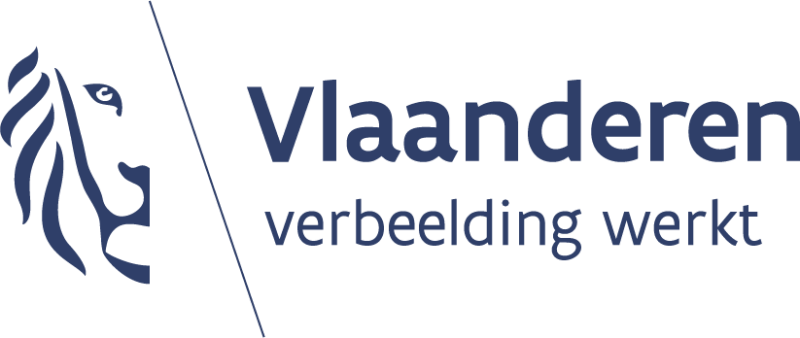Language use & attitudes of deaf youth
Research on the language use and language attitudes of young deaf sign language users in Flanders: the influence of international sign on Flemish Sign Language
With increased mobility and international interactions, we suspect that Flemish Sign Language (VGT) among young people aged 16 to 30 is increasingly influenced by International Sign (IS). Therefore, over the next four years, we will conduct research into the daily language use and language attitudes of deaf signers aged 16 to 30 in Flanders. Our focus will specifically be on the impact of International Sign on Flemish Sign Language. Additionally, we aim to understand how young people perceive both VGT and the influence of IS. By translating language use and attitudes into theoretical knowledge, we seek to enhance not only our understanding of the language but also the language awareness among young deaf sign language users.
In our study of the impact of IS on VGT, we aim to understand how and to what extent International Sign affects Flemish Sign Language. We will examine whether IS influences the lexicon and/or grammar of VGT. Additionally, we want to determine when, with whom, and in what context – such as during online communication or physical events – this influence is observed, and how frequently it occurs. We seek to understand whether the impact of IS is incidental or integrated into the daily use of VGT.
Moreover, we want to explore the place and role that Flemish deaf youth assign to English, Dutch, VGT, and IS in their personal language portraits. To achieve this, we will use the visual method of language portraits, where participants represent their language experiences and the roles of different languages visually through colors, labels, and a combination of visual and textual elements.
We will also focus on the language attitudes of Flemish deaf youth towards VGT and IS. We want to know to what extent young people recognize and perceive the influence of IS on VGT. We will investigate their attitudes towards the integration of IS elements into VGT. Additionally, we seek to understand how they use VGT in their daily lives, the value they place on it, and how they experience the influence of IS in VGT. Finally, we will explore whether the attitudes of young people towards IS influence are context-dependent, such as whether their opinions change based on the context in which IS elements are used. To answer these questions, we will combine group discussions with video analyses, showing fragments from previously collected data to elicit responses. We will also conduct a survey to examine the use of signs and their contextual application, while concurrently assessing the attitudes of young people towards VGT and/or IS.
Through this research, we hope not only to gain a better understanding of the use of VGT and IS among young people but also to contribute to more conscious and informed language use among Flemish deaf youth.



